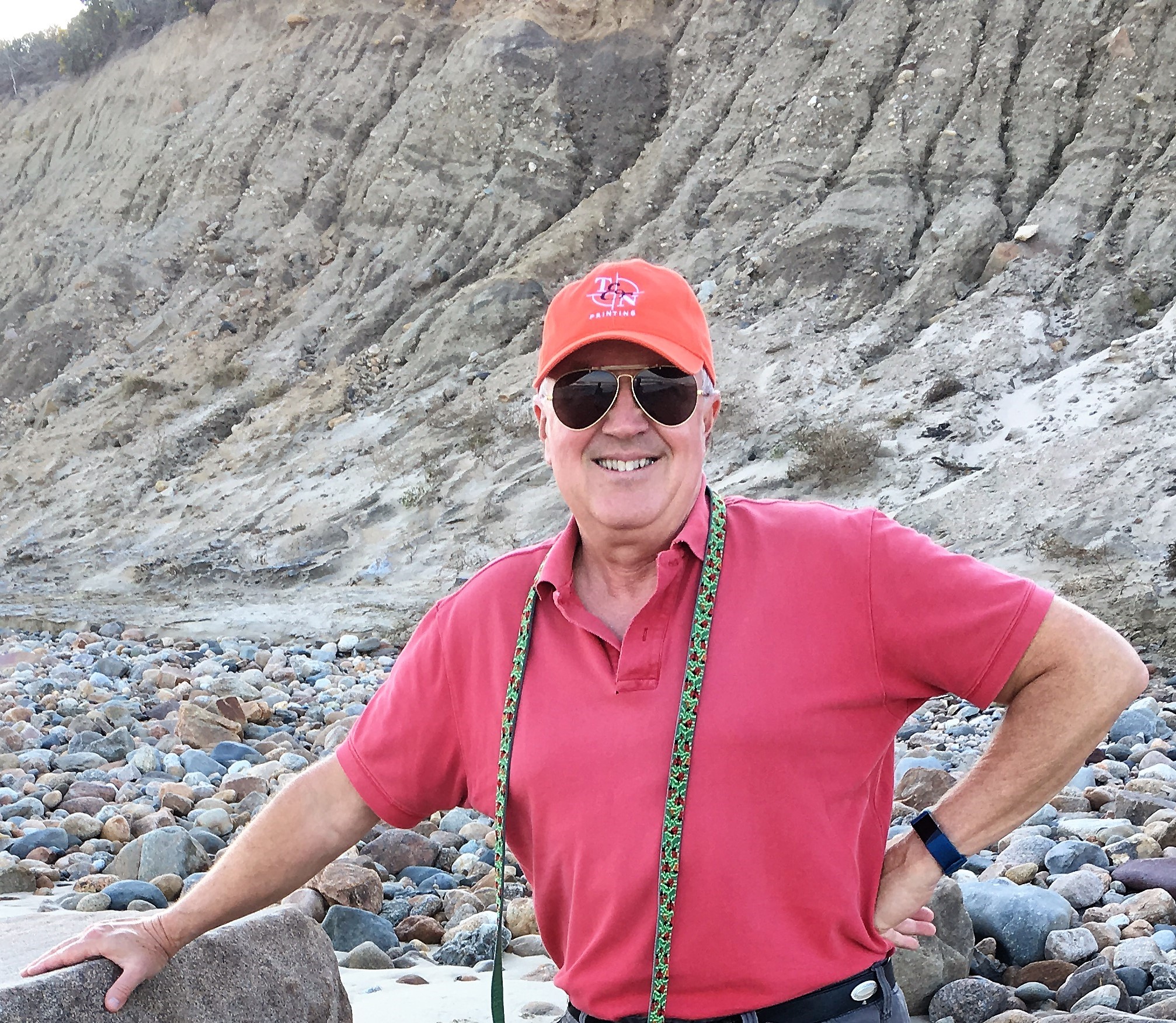Douglas Gilpin, Jr. is registered to practice architecture in Virginia, West Virginia, Rhode Island, and Maryland. His architectural work has been featured in magazines, video, and tours such as Bob Vila’s ‘Restore America’, The Old House Journal, Southern Accents, Virginia Business, Charlottesville HOME, and The Garden Club of Virginia’s ‘Historic Garden Week’.
Doug recently served for 10 years a member of Block Island, Rhode Island’s, Historic District Commission which oversees the historic character of this landmark New England seaport. He continues to be a member of The Greenbrier Sporting Club Architectural Review Board at The Greenbrier Resort in West Virginia. He also served on the Capitol Square Preservation Council, which oversees the environs of Thomas Jefferson’s Virginia State Capitol (1788), and was appointed to this position by the Speaker of Virginia’s House of Delegates. Doug is Past President of the Preservation Alliance of Virginia, as well as of AIA James River and the Charlottesville-Albemarle AIA Section.
In addition to architecture, Doug’s interests include hiking with his wife and Labrador retriever, general aviation, culinary adventures, clamming, single-malt whiskeys, and Jaguars.
Where did you go to college?
1974 BS, Architectural Studies, University of Illinois, Champaign-Urbana, which included the Senior year at Unite Pedagogique d’Architecture Nr. 3 (former Ecole des Beaux-Arts in Architecture) in Versailles. 1976 M. Arch, University of Illinois, Champaign-Urbana
Would you recommend studying architecture to a young person?
Absolutely. It offers a diverse professional spectrum of possibilities. It’s not just the design of new cities and corporate headquarters. When I hear high school students take pride in learning CAD in school, I tell them to take courses in free-hand drawing because you can’t always design on the fly with a laptop in the middle of a field. And when I would meet with students who said they can’t draw, I tell them that many successful architects provide financial management for firms, or work for non-architectural businesses such as banking and development and governmental agencies.
What does it take to be an architect?
Humility. That’s what I was told by Milton Grigg, FAIA when I was hired in 1976. I am paraphrasing, but he said to me on my first day “Now that your school has taught you the basic essentials of design, structures, construction drawing, and contracts, we’ll teach you humility”.
Was there an architect that particularly inspired you?
Several. And a wide range. Eero Saarinen, Hector Guimard, Howard Van Doren Shaw and David Adler, John Soane, Charles Moore, Walter Macomber (first Resident Architect at Colonial Williamsburg), and the guys who made the mistake in hiring me: Milton Grigg, ‘Hank’ Browne, and Jay Dalgliesh.
What are you currently reading?
A Stephen King novel.
What’s the best meal you’ve ever had?
Probably the complete experience of food and setting at ‘Brasserie Flo’ in Paris…a remarkable ‘Belle Epoque’ restaurant.
Why do you volunteer with the AIA?
Just getting involved in the AIA encourages personal volunteer activities. My first AIA meeting was attending a James River Chapter AIA get-together at the Tredegar Works in 1977. I went in solo, not knowing a soul. All of a sudden, Bob Boynton came over and introduced himself, then took me around for me to meet most of those at the party. I’ll never forget that introduction by Bob, and that ignited my desire to help others either through the AIA, or via outside groups and organizations and local governments.

